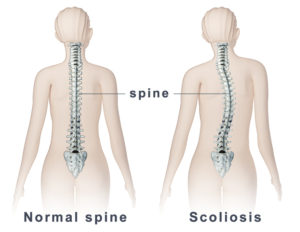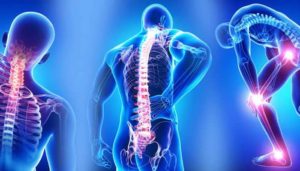Do you suffer from knee pain? Knee osteoarthritis is a common condition affecting millions of people worldwide. It can be a debilitating condition that significantly impacts your quality of life, making simple tasks like walking or climbing stairs painful and difficult.
Osteoarthritis is a degenerative joint disease that causes the cartilage in your joints to wear down over time. This can lead to pain, stiffness, and swelling in the affected joint. While no cure for osteoarthritis exists, treatments are available to help manage the symptoms and improve your mobility. One such treatment is physiotherapy.
Physiotherapy for knee osteoarthritis involves a combination of exercises, manual therapy, and education to help reduce pain, improve joint function, and increase your overall quality of life. In this article, we will explore the benefits of physiotherapy for knee osteoarthritis and how it can help you manage your symptoms and improve your overall health.
What is knee osteoarthritis?
Osteoarthritis (OA) is a common degenerative joint disease that affects almost all the body’s joints. The knees are some of the most commonly affected joints, with many people experiencing at least a small degree of osteoarthritis. The disease is characterised by cartilage degradation that lines the joint surfaces, osteophytes or bony spurs growth, pain, stiffness and swelling.
Common symptoms of knee osteoarthritis
Stiffness in the morning that lasts less than 20 minutes and pain with movement, clicking, crepitus, swelling and a generalised reduction in joint range of motion are all common symptoms of osteoarthritis.
As OA is a progressive disease, the condition is categorised into stages to help describe symptoms and guide treatment. Early stages of OA may have only mild symptoms; however, joint replacement may be required as the disease progresses.

Physiotherapy management of knee osteoarthritis
Your physiotherapist can first help diagnose and differentiate OA from other conditions with similar symptoms. This includes a thorough physical examination to assess the patient’s movement and function and special tests used to determine which structures are involved and likely causing the pain.
While OA is a progressive disorder, significant improvement can often be made simply by addressing lifestyle factors and any biomechanical factors contributing to pain.
Common causes of knee osteoarthritis
While ageing is the most significant risk factor for the development of OA, it’s not an inevitable outcome of ageing.
Other factors that may predict the development of OA are obesity, family history, previous joint injury, high-impact sporting activities and peripheral neuropathy.
It is thought that abnormal wear and tear or stress on the joint is the primary cause of OA.
It is also important to note that many people will have changes on X-Ray that show OA. However, they will have no symptoms, indicating that simply having OA is not a sentence for pain.
Physiotherapy can then be tailored to address the individual’s specific needs, such as:
Exercise: A comprehensive exercise program designed to improve joint range of motion, strength, and balance is essential for reducing symptoms associated with knee osteoarthritis. Transformative care for knee osteoarthritis is embodied in our GLA:D program. This approach mirrors the endorsed strategies by the Royal Australian College of General Practitioners in 2018, reinforcing our commitment to comprehensive osteoarthritis management.
Manual therapy: Manual therapy techniques such as joint mobilisation and soft tissue massage can help to improve pain, range of motion, and muscle stiffness.
Education: Education is vital for helping individuals to understand their condition and feel in control of it. Your physiotherapist can help explain OA, the role that lifestyle factors play in managing symptoms, and how to manage pain through exercise and other activities.
Enhance Physiotherapy runs a GLAD Program, which aims to reduce symptoms of hip and knee OA and improve your quality of life.
Our approach involves educating you on the impact of arthritis on your body and offering a personalised 6-week exercise physiotherapy program. This program includes twice-weekly gym sessions customised to your current functional capacity.
Can physiotherapy help knee osteoarthritis?
Unlock a holistic approach to knee osteoarthritis relief through our GLA:D program. Physiotherapy emerges as a pivotal ally, offering tailored strategies to alleviate discomfort and enhance joint function. Strengthening exercises, a cornerstone of GLA:D, fortify joint support, while personalised advice on exercise adaptation and weight management resonates with proven efficacy against OA symptoms.
Navigating potential surgical interventions becomes a guided journey under the expertise of our physiotherapists, ensuring meticulous preparation and optimal postoperative recovery for unparalleled outcomes. Choose physiotherapy as your transformative partner in the multifaceted realm of knee osteoarthritis care. Elevate your well-being, embracing a life with increased comfort and improved function.

Final thoughts on physiotherapy for knee osteoarthritis
Physiotherapy for knee osteoarthritis can be a game-changer for those struggling with normal physical activity.
The benefits are undeniable, from reducing pain and inflammation to improving mobility, physical function, reducing muscle weakness and improvement with performing daily activities.
So if you or someone you know is dealing with knee osteoarthritis, don’t hesitate to seek help from one of our experienced physiotherapists.





